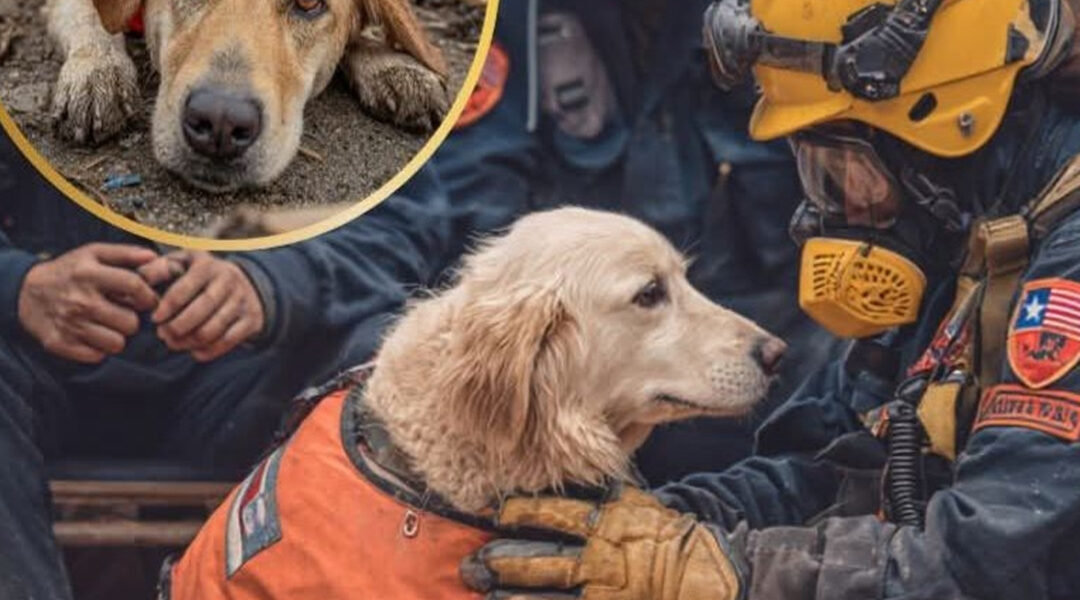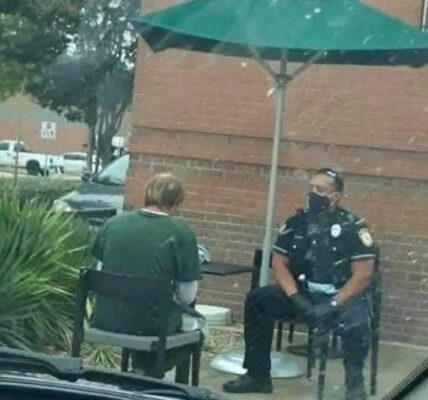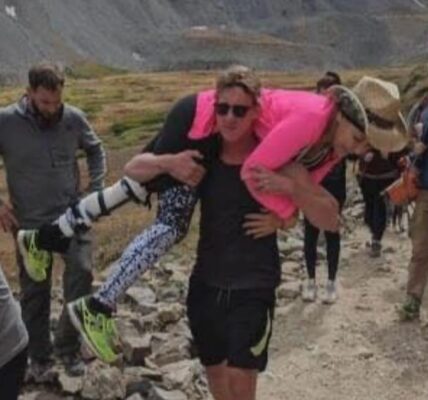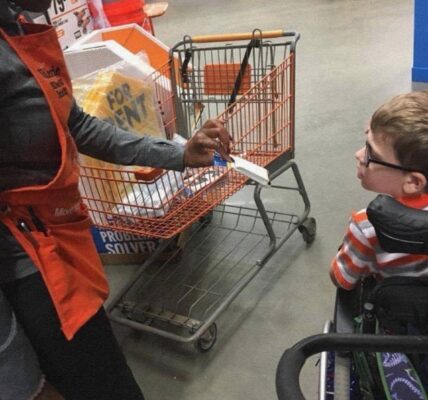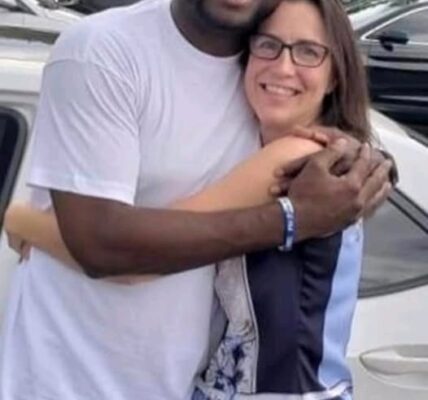In the days following September 11, 2001, as the world watched in horror, a different kind of hero walked silently among the ruins. They did not wear uniforms or helmets. They did not carry axes, hoses, or stretchers. They padded on four legs, their noses pressed to the ground, their ears tuned to every sound of life. They were the search and rescue dogs of Ground Zero.
For years, these dogs had been trained with a single purpose: to find survivors. Earthquakes, collapsed buildings, natural disasters—their work was to locate the living trapped beneath rubble. And they were good at it. Their reward was not just a treat or praise but the triumph of saving a human life.
But Ground Zero was different. The destruction was beyond imagination. Towers that once touched the sky had collapsed into mountains of twisted steel and smoldering ash. The air was thick with dust and grief. And beneath the rubble, there were far too few survivors to be found.
At first, the dogs searched tirelessly. They crawled through debris, climbed over unstable piles, and pressed into spaces where no human could fit. Their paws bled from jagged metal, their fur matted with soot. But what weighed most heavily was not their physical exhaustion—it was their confusion.
Handlers began to notice a change. These dogs, once so eager and determined, began to falter. Their tails drooped. Their eyes grew clouded with doubt. Some refused to continue, lying down amid the wreckage as if asking, Where are they? Why am I not finding anyone?
The truth was heartbreaking. The dogs were not only rescuers—they were sensitive beings who measured their worth by the lives they saved. And at Ground Zero, surrounded by death, they began to feel as though they had failed.
The handlers, already stretched thin by their own grief, knew they had to do something. It wasn’t just the humans who needed hope. The dogs needed it too.
And so, they staged rescues.
A firefighter or handler would crawl into a pocket of debris and hide. Then the dog would be released. Nose to the ground, tail flicking with renewed energy, the dog would search. When it “found” the hidden rescuer, cheers erupted. The firefighter would act injured, praising the dog with excitement, hugging it, rewarding it as if a real life had been saved.
In those moments, the dogs’ spirits lifted. Their confidence returned. They wagged their tails, barked with pride, and stood taller. To them, it was proof that they still had purpose.
Day after day, these loyal animals kept working—searching tirelessly, comforting silently. They weren’t just rescuers; they became companions for firefighters, police officers, and volunteers who sat on the rubble, overwhelmed by grief. A dog might lay its head on a rescuer’s lap or press close to someone who had just pulled another body from the ruins. They gave what no one else could give in that moment: unconditional love, free of words, but full of meaning.
By the time the search was over, hundreds of dogs had served at Ground Zero. Some were celebrated in photographs, their eyes focused and determined against the backdrop of twisted steel. Others went unnoticed, returning quietly with their handlers to lives forever changed.
But they were all part of the team. They worked through smoke, fire, and despair, carrying not only the weight of the mission but also the emotional toll of what they could not change. They needed comfort, support, and healing, just like every human who walked those ruins.
The story of the 9/11 dogs is often remembered in passing—a detail in the larger narrative of heroism. But they remind us of something profound: that courage wears many forms. Sometimes it comes in boots and helmets. Other times, it walks on four legs, with fur matted in ash and a heart unwilling to give up.
More than two decades later, their legacy lives on. Not just in the lives they saved—or the spirits they lifted—but in the quiet truth they revealed: in the darkest of places, compassion can still be found, and loyalty knows no bounds.
